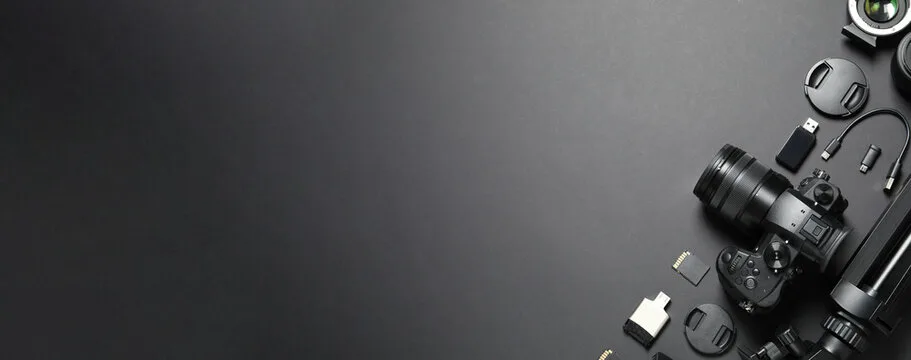
Blog
Best Camera Choices for Photography Enthusiasts
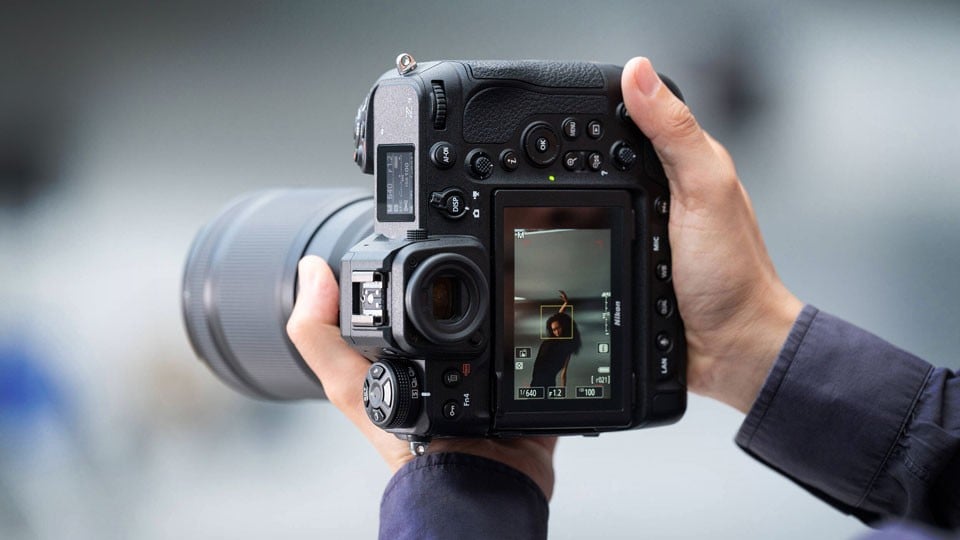
The new school year is nearly upon us, which means it’s time to start stocking up on necessary gear and school supplies. For film and photo majors, that means finding the camera that’s right for you. To help you get the perfect shot, we’ve put together a list of some of our favorite cameras, including options for beginning photographers, prosumers, and professionals.
Medium Format
The FUJIFILM GFX 50S II has made digital medium format photography more accessible. This camera captures 51.4MP images with its 43.8 x 32.9mm CMOS sensor, offering a 4:3 aspect ratio similar to shooting 120mm roll film in the 6 x 4.5cm format. While the sensor isn’t full-frame medium format, the 14-bit raw files it produces are incredibly detailed. Compared to its predecessor, the GFX 50S II offers several upgrades, such as the X-Processor 4 engine, a Rapid AF option for improved contrast-based focusing, 6.5 stops of image stabilization, better battery life, and USB-C charging. Additionally, it is dust and weather-sealed and freezeproof down to 14°F.

For those needing even higher resolution, the GFX 100II is an excellent option. It features a 102MP 43.8 x 32.9 BSI CMOS sensor capable of capturing uncompressed 16-bit raw files around 220MB each. The camera supports 4K/60p, 8K/30p, and FHD/120p video at 4:2:2 10-bit internally, and 12-bit 8K/29.97p Apple ProRes RAW and Blackmagic Raw externally. An F-log2 gamma setting provides advanced color grading with 14 stops of dynamic range. Other enhancements include the X-Processor 5 engine, 8 stops of image stabilization, a base ISO of 80, a 9440k dot EVF with a display frame rate of up to 120 fps, and more. The GFX 100II also features dust and weather sealing and freeze resistance down to 14°F.
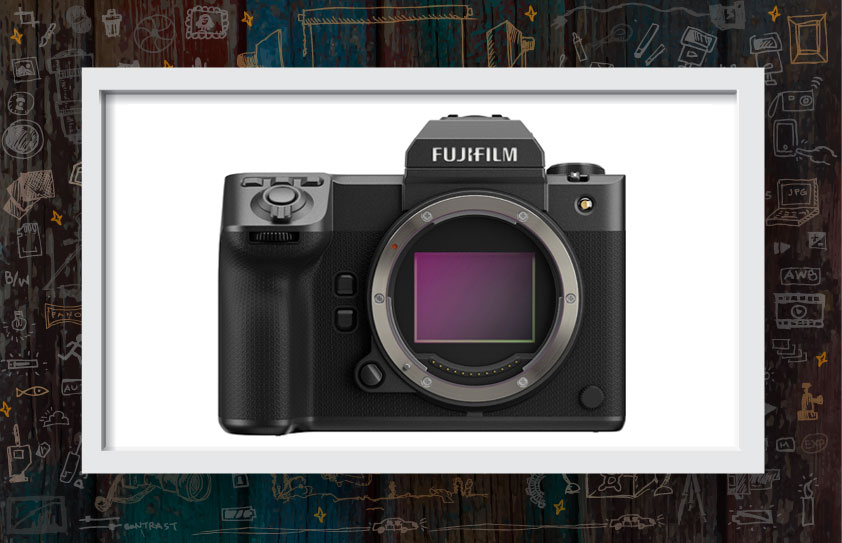
The GFX 100II, with its more compact and lightweight design compared to the original GFX 100, brings numerous improvements. The GFX 100S II, a variant of the GFX 100II, maintains most of the same features but is limited to recording 4K DCI video.
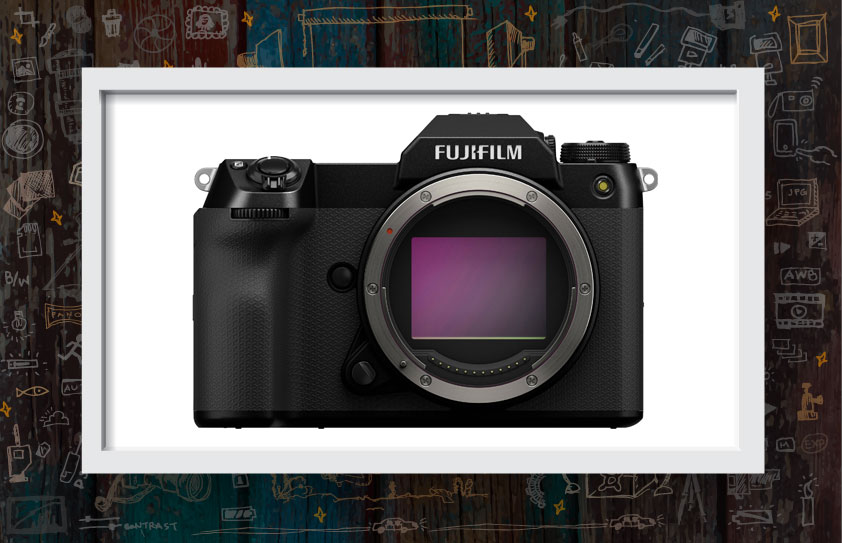
Pro Level
The Nikon Z9 stands out as a top-tier professional camera, offering remarkable speed, image quality, and connectivity. It features a newly developed 45.7MP BSI stacked sensor with an ISO range of 32-102,400, making it suitable for both photography and filmmaking. The Z9 employs a fully electronic and silent shutter capable of achieving shutter speeds up to 1/32,000 seconds, and can shoot at 20 fps in raw, 30 fps in JPEG, and 120 fps for 11MP stills. Impressively, it can buffer over 1,000 raw images in a single burst, allowing for a continuous raw sequence of up to 50 seconds.
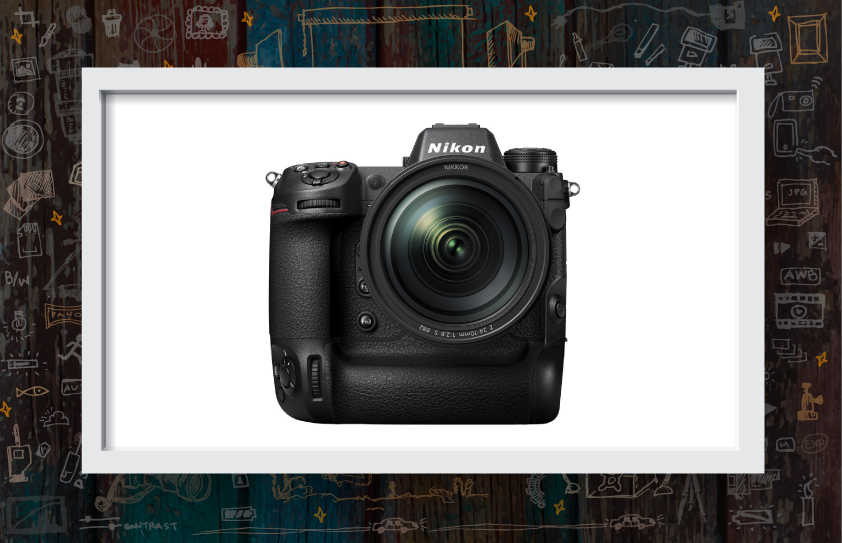
Key features of the Nikon Z9 include:
- Autofocus: 493-point phase-detection AF with subject detection using deep learning technology.
- Video Recording: 12-bit raw video in N-RAW format, ProRes, and H.265 10-bit 4:2:2 internal recording.
- Storage: Dual CFexpress Type B card slots.
- Image Stabilization: 6 stops of vibration reduction.
- Connectivity: HDMI, USB-C 3.2 Gen 2, Ethernet, 10-pin remote port, PC sync for flash, Bluetooth, Wi-Fi, and GNSS for in-camera geotagging.
- Display: Four-axis tilting LCD for flexible shooting angles in both portrait and landscape orientations.

For those serious about photography, the Nikon D850 is an exceptional choice. It excels in various genres, including studio, portrait, landscape, action, and night photography. The D850 boasts a 45.7MP FX-format sensor, providing high-resolution images with excellent detail and clarity in low-light conditions. It features an optical pentaprism for a wide field of view, a 3.2″ LCD touchscreen for live-view shooting, and continuous shooting at 7 fps (or 9 fps with the MB-D18 grip and EN-EL 18c battery).
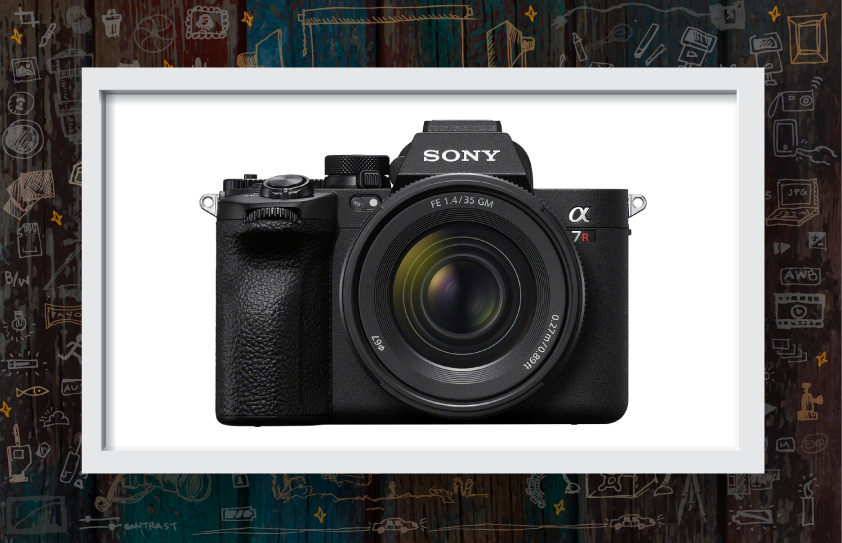
Alternatively, the Nikon Z 7II is a mirrorless version of the D850, with updated capabilities.
For those seeking a more portable option, the Sony a7R V offers impressive performance in a compact form factor. It uses a 61MP sensor, enhanced by a new AI-based autofocus system with advanced subject recognition and 693 phase detection points. The a7R V supports 8K 24p and 4K 60p video, upgraded image stabilization to 8 stops, and continuous shooting at 10 fps for up to 135 raw images or 1,000 JPEGs. Additional features include dual CFexpress Type A/SD card slots, a fully articulating LCD with tilt, and a 9.44 million dot EVF. Users can record 16-bit raw video via HDMI to an Atomos Ninja or Ninja Ultra. Enhanced weather sealing ensures durability in harsh conditions.

Sony’s flagship Alpha 1 offers a 50.1MP full-frame Exmor RS BSI CMOS sensor, 30 fps continuous shooting at full resolution, and 8K 30p and 4K 120p 10-bit video recording.
For a versatile high-end camera, the Canon EOS 5D Mark IV delivers exceptional performance across various scenarios. It features a 30.4MP full-frame sensor, ISO range of 50 to 102400, 7 fps continuous shooting, a bright pentaprism, and a 3.2″ LCD touchscreen. The 5D Mark IV also includes a 61-point Rectilinear AF system, 150,000-pixel RGB+IR metering sensor, built-in Wi-Fi, NFC, and GPS.
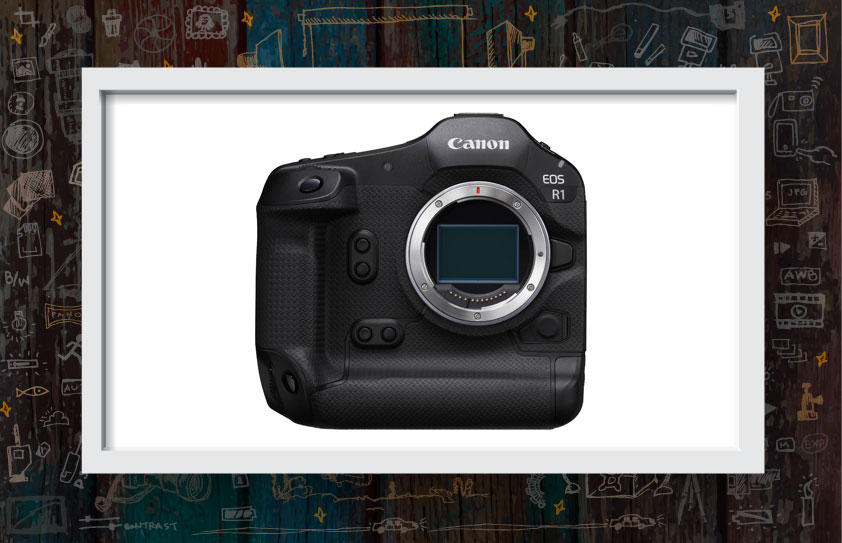
At the top of Canon’s lineup is the EOS R1, designed for professionals who require reliability and speed. It features a 24MP BSI stacked sensor, DIGIC Accelerator processing, Dual Pixel Intelligent AF, and a robust design. The electronic shutter offers up to 40 fps shooting, while the mechanical shutter provides 12 fps. AI upscaling allows for 96MP images.
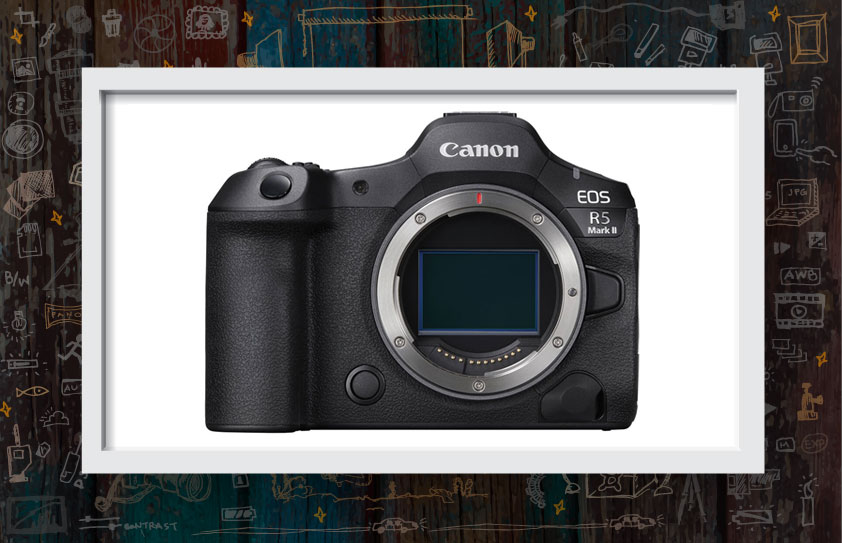
Canon’s newly released EOS R5 Mark II combines high resolution with advanced technology. It includes a stacked, back-illuminated sensor, DIGIC Accelerator, ISO range of 100-51,200, 8.5 stops of image stabilization, pre-continuous shooting, 30 fps electronic shutter, 8K/60p video, Canon Log3 gamma, and more. It features dual CFexpress Type B and UHS-II card slots, an OLED viewfinder, and a vari-angle LCD.
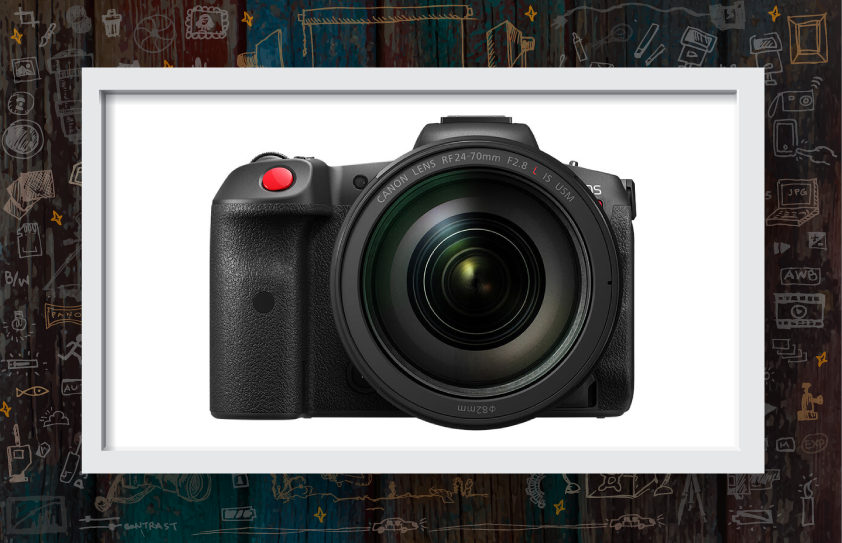
The Canon EOS R5 offers a 45MP full-frame sensor, 12 fps mechanical shutter, 8K 30p raw and 4K 120p 10-bit video, and 5-axis stabilization.
The Canon EOS R5 C blends the capabilities of the R5 and C70, functioning as both a high-end still photo camera and a full-frame 8K 60p video camera with 12-bit Cinema RAW Light recording.
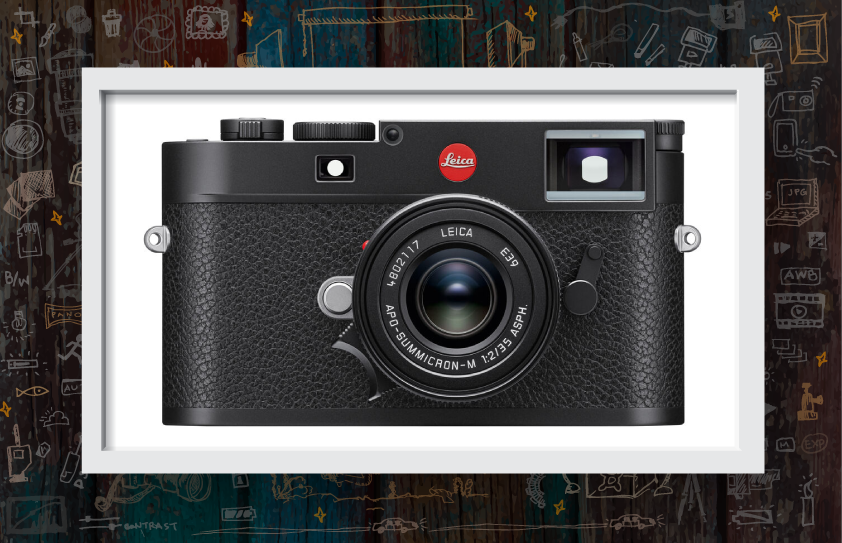
The Canon EOS R3 merges mirrorless technology with the robustness of a DSLR, featuring a 24.1MP stacked sensor, high-resolution stills, and 4K 60p raw and 4K 120p 10-bit video recording.
Finally, for those who appreciate manual control, the Leica M11 offers a 60MP full-frame sensor, Maestro III image processor, optical viewfinder, and a rear touchscreen LCD. The M11 Monochrom version provides black-and-white photography with the same high-quality sensor.
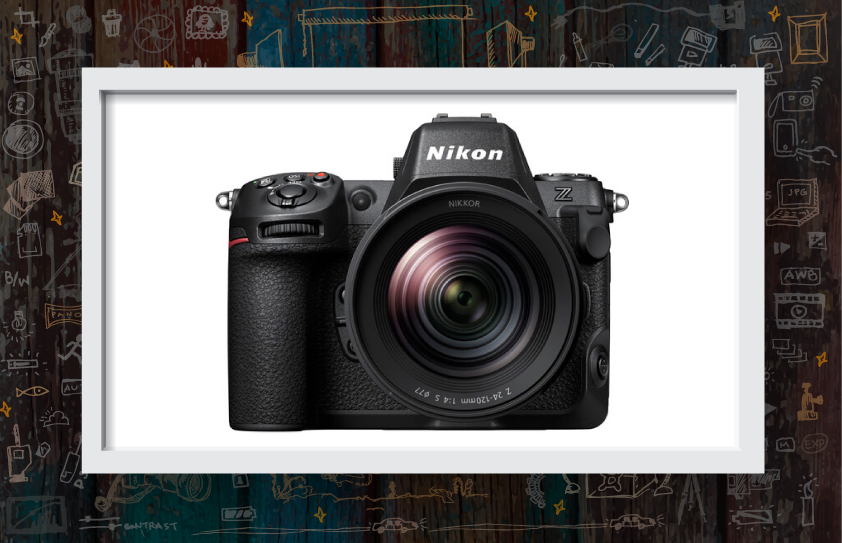
Prosumer / Enthusiast
The Nikon Z8 is heralded as the ultimate hybrid camera, featuring the same sensor, processing, and autofocus capabilities as the Z9, but in a sleeker, more compact, and lightweight body. This design is ideal for gimbal use, event shooting, and other handheld applications, making it highly versatile for enthusiasts.
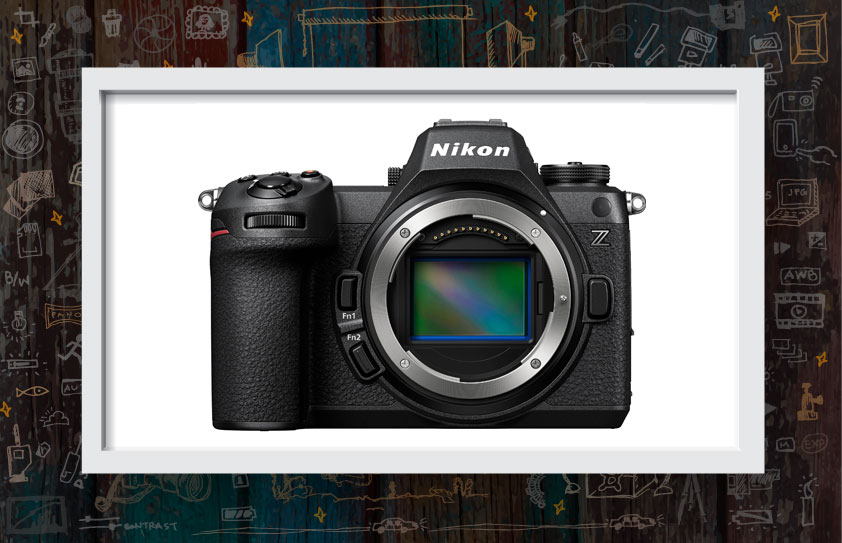
Nikon Z8 The newly-released Nikon Z6 III offers a partially-stacked 24.5MP CMOS sensor and unlocks numerous flagship-level upgrades for a mid-range camera. These include faster and more precise autofocus, professional-level 6K internal raw video, pre-capture at up to 120 fps, and a smooth, bright, and colorful EVF. This makes it an excellent choice for those seeking a versatile, all-around camera. The Nikon Z6 II remains available as a solid alternative.
Nikon Z6 III For beginners and enthusiasts, the Nikon D780 offers a blend of pro-level features at an attractive price point. It incorporates a 24.5MP FX BSI CMOS sensor, EXPEED 6 image processor, and weatherproofing. With an ISO range of 50 to 51200 and a 51-point phase-detection AF system, the D780 captures images at up to 7 fps. It also features a 3.2″ tilting LCD with 2.35m dots and built-in Wi-Fi for remote shooting. The Nikon Z 6II offers a mirrorless alternative with similar capabilities.
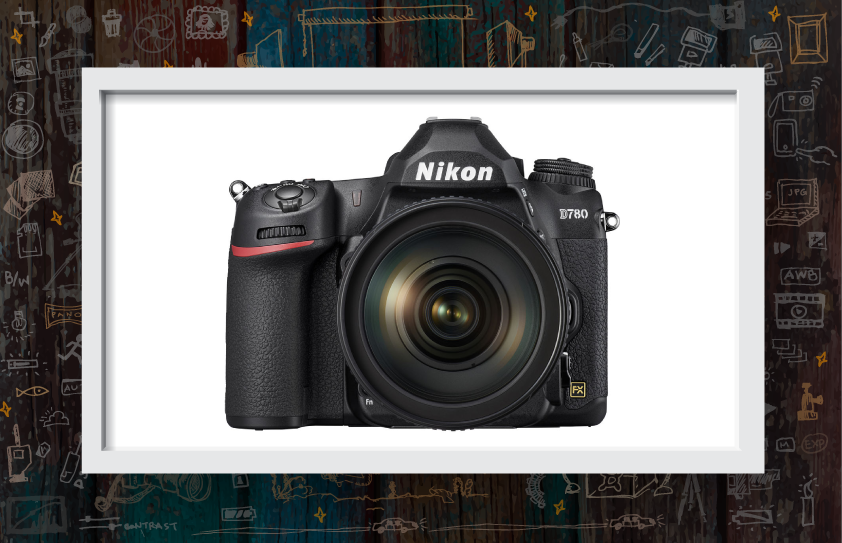
Nikon D780 DSLR The Nikon D7500, fully weather-sealed and designed as a versatile tool, features a 20.9MP DX-format sensor and shoots up to 8 fps for 100 frames. With an ISO range of 50 to 1,640,000, it excels in low-light environments. Its 51-point Multi-CAM 3500FX II autofocus system with 15 cross-type points ensures precise focus, while its optical viewfinder and 3.2″ tilting touchscreen provide flexibility in composition. Wireless transfers and remote control are possible via Bluetooth and Wi-Fi.
For mirrorless enthusiasts, the Sony a7 IV offers a rich feature set at an excellent price. It boasts a 33MP full-frame sensor, SteadyShot stabilization, 10 fps shooting, a 3.0″ LCD touchscreen, Wi-Fi, NFC, and a 759-point hybrid AF system. This camera provides strong performance for both stills and video, making it a versatile choice. The Sony a7 III is still available as a reliable alternative.

Sony a7 IV The Panasonic Lumix S5 IIX is a mirrorless camera tailored for pro content creators, offering a new 24.2MP CMOS sensor and updated image processing engine with L2 technology. It features a Phase Hybrid AF system with 770 focus points and records 6K video for up to 30 minutes or unlimited 4K video. The new Active I.S. system enhances image stabilization for video recording.
Lumix S5 IIX The Canon EOS 6D Mark II provides an affordable entry into full-frame photography for enthusiasts. It features a 26.2MP full-frame sensor, 6.5 fps shooting, an ISO range of 50 to 102,400, and a 45-point AF system with Dual Pixel CMOS AF technology. Its optical viewfinder offers 98% coverage, while the 3.0″ vari-angle touchscreen LCD facilitates flexible shooting. Connectivity options include Wi-Fi, NFC, Bluetooth, and GPS for geotagging.

Canon EOS 6D Mark II The FUJIFILM X-T5 is a well-priced mirrorless camera, ideal for students and enthusiasts. It features a 40MP APS-C X-Trans CMOS HR BSI sensor, recording 6.2K video in 4:2:2 10-bit color internally or 12-bit ProRes RAW and Blackmagic RAW via HDMI. With a native ISO range of 125 to 12800, it captures detailed imagery with low noise. It offers continuous shooting at up to 15 fps with a mechanical shutter or 20 fps with an electronic shutter. Additional features include hybrid autofocus with 425 phase-detection points, two UHS-II SD card slots, a weather-sealed body, a 3.69m-dot OLED EVF, and a 3.0″ 1.84m-dot 3-way tilting touchscreen.
FUJIFILM X-T5 The newly introduced FUJIFILM X-T50 shares many features with the X-T5, such as the sensor, X-Processor 5 image processor, ISO sensitivity, video resolutions, and more. However, it lacks Pixel Shift Multi-Shot, has a lower resolution viewfinder, a 2-way tilting touchscreen, a single UHS-II slot, and uses a smaller-capacity battery.

Consumer
If you’re a fan of APS-C and Canon, the Canon EOS 90D is worth considering. Equipped with a 32.5MP sensor, it features a 45-point AF system, Dual Pixel CMOS AF, and a revised 220,000-pixel AE metering system. This setup allows for capturing images at up to 10 fps with an ISO range of 100 to 25600. The camera includes both an optical viewfinder and a 3.0″ vari-angle LCD touchscreen, along with Wi-Fi and NFC for easy connectivity. It also supports UHD 4K 30p and Full HD 120p video recording.

Canon EOS 90D For those preferring a mirrorless camera, the Canon EOS R7 is an excellent choice. It also has a 32.5MP APS-C sensor and can capture 10-bit 4K 60p video. The R7 uses the same DIGIC X processor as the R3, ensuring fast and efficient performance. Canon’s lineup also includes several comparable full-frame mirrorless models, such as the EOS R6 Mark II, EOS R8, and EOS RP, offering a range of options for different needs and budgets.
Canon EOS R7 Canon offers a variety of mirrorless models for those seeking high performance and flexibility in their photography and videography, ensuring there’s a perfect fit for every enthusiast.
Beginners
For those just starting out, the mirrorless Sony Alpha a6400 offers high-end features at an affordable price. Designed for advanced beginners, it excels in low-light conditions with an ISO range of 100 to 102400 and a 24.2MP APS-C sensor. You can capture images rapidly at 11 fps using the Fast Hybrid AF system, which combines phase- and contrast-detection methods. Compose your shots through the 2.36m-dot 0.39″ OLED EVF with 100% coverage and a refresh rate of 120 fps, or use the 921.6k-dot 3.0″ LCD touchscreen, which tilts 180° up and 74° down. The camera’s body also includes a configurable user interface for quick access to frequently used settings. Wi-Fi and NFC support remote camera control and easy image sharing.

Sony Alpha a6400 The Sony Alpha a6400 is an excellent choice for beginners looking for a camera that offers a balance of high performance and ease of use, ensuring a smooth transition into more advanced photography.
Film
Even though digital photography has become the norm, film photography remains alive and well. For those involved in traditional darkroom programs, B&H offers a limited selection of new film cameras, but their Used Department is a treasure trove. Popular choices for 35mm film cameras include the Canon AE-1 or AE-1 Program, Nikon FE or FE2, Nikon FM or FM2, and Pentax K1000. A great advantage of these cameras is that their lenses can often be adapted for use on many modern digital bodies, either natively or with adapters.
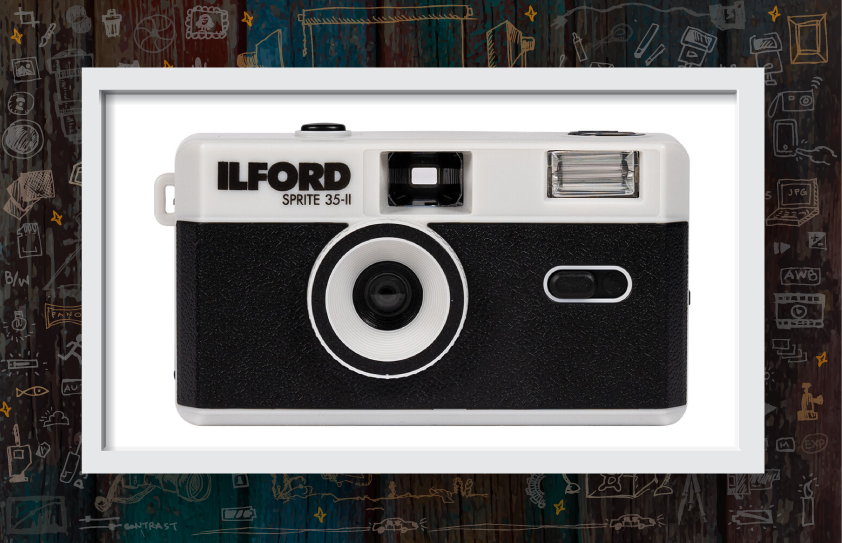
In Summary
At the end of the day, remember that a camera is essentially just a light-tight box. This is even more accurate for film cameras, but it applies to digital ones too. If you’re still working on mastering exposure, composition, shutter speed, and depth of field, spending more on a camera body won’t automatically make you a better photographer. While a pricier camera might offer a higher-resolution sensor, remember that sensor resolution is just one aspect; lens choice and the quality and quantity of light are equally important. Advanced camera bodies often come with complex menus and features you may never use, so choose something that aligns with your actual needs.
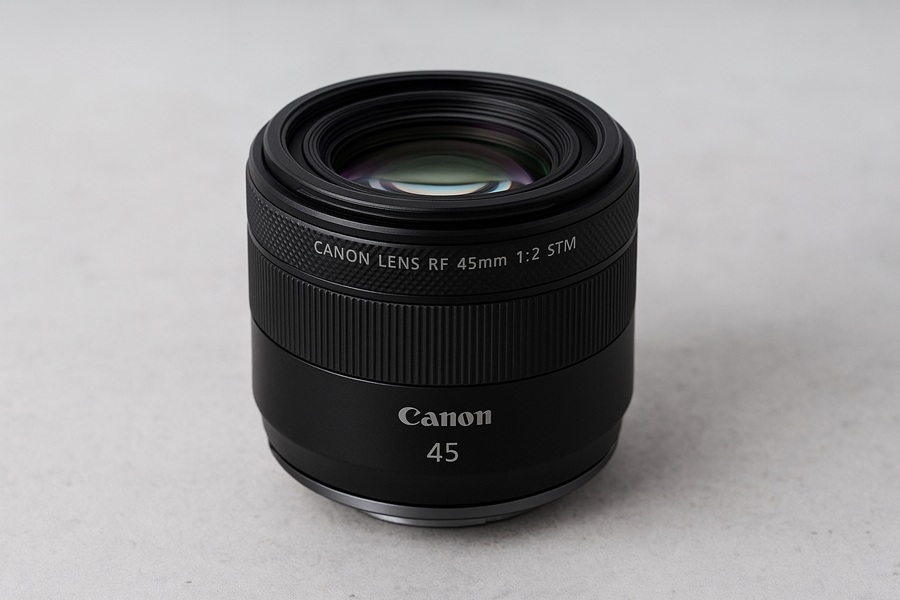
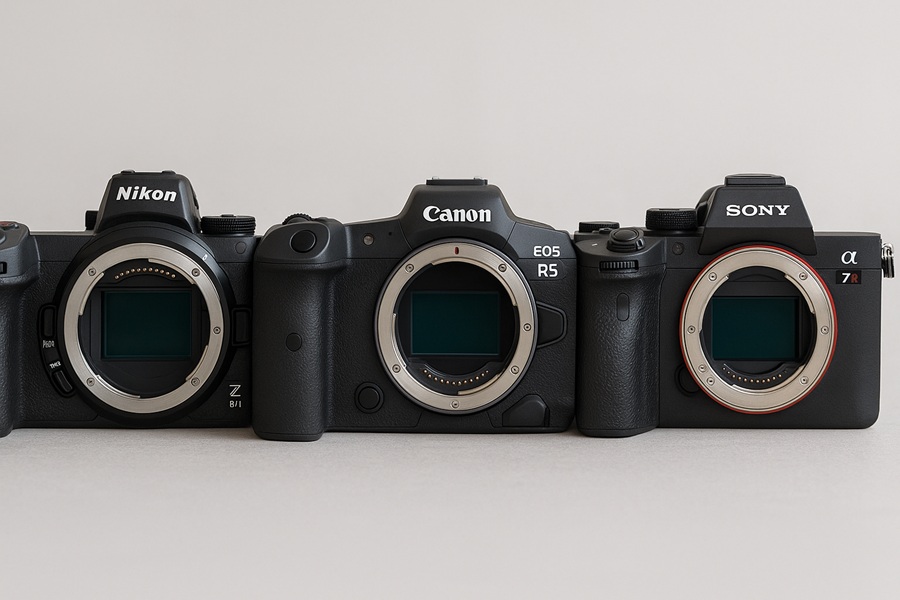
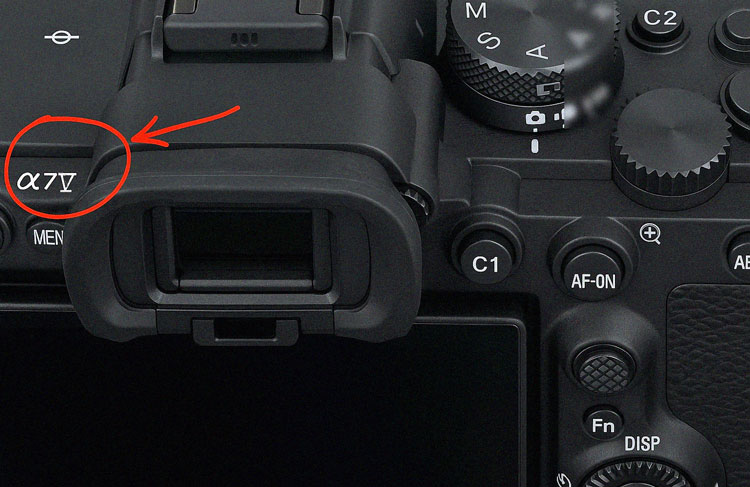
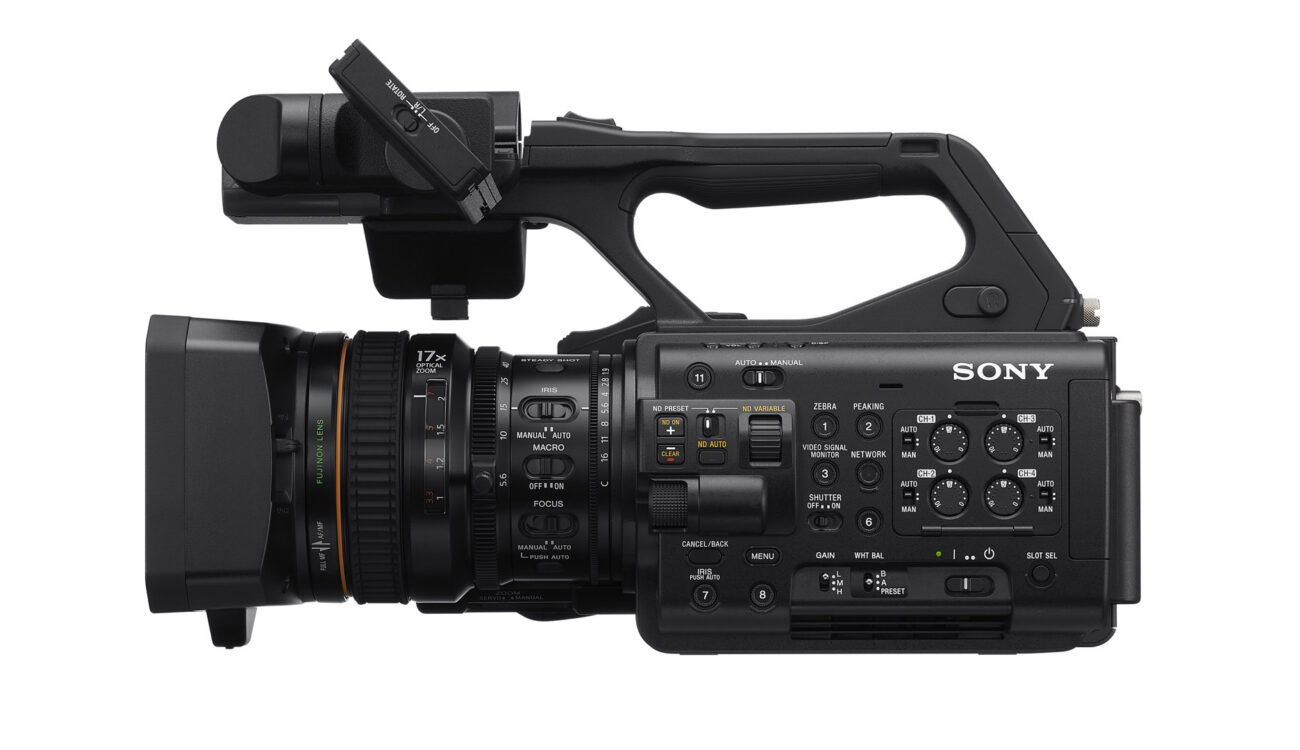

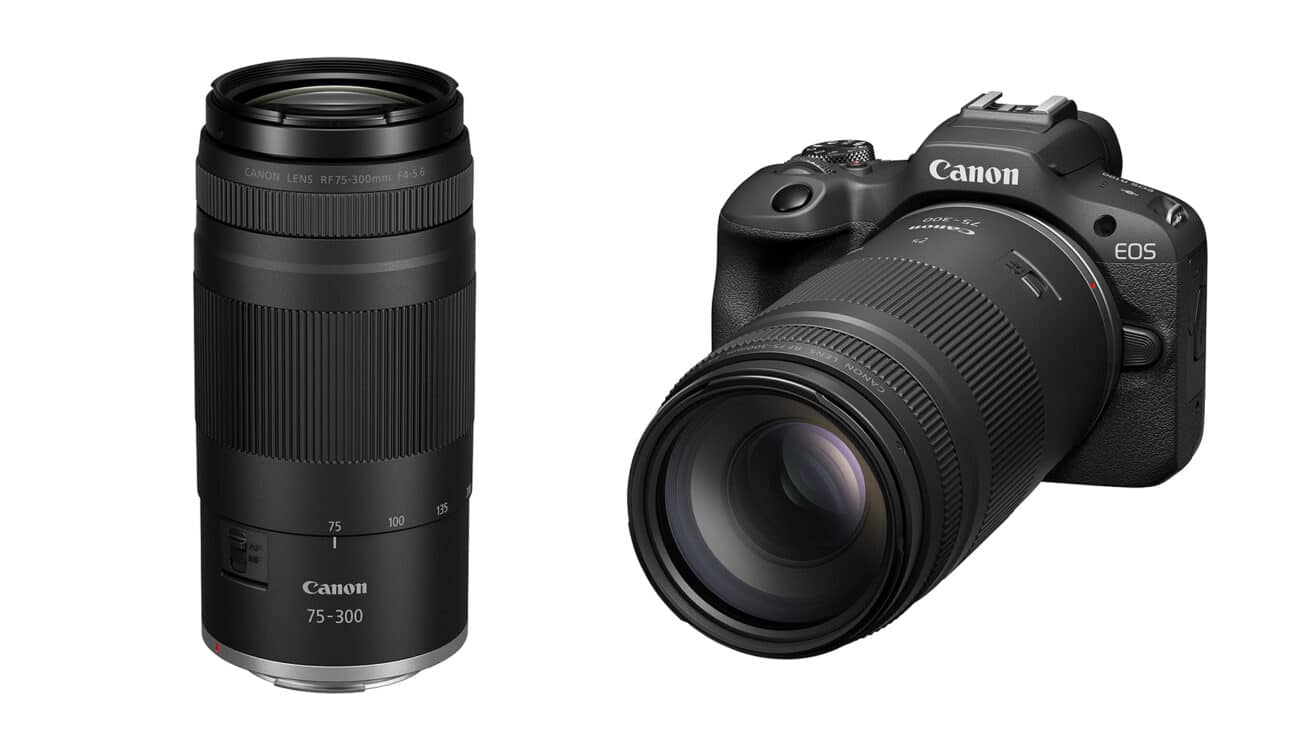
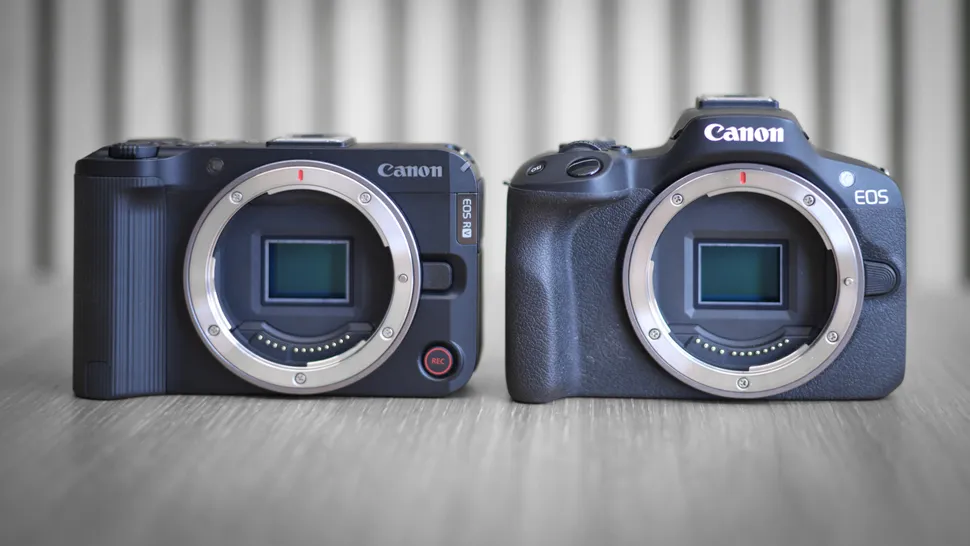

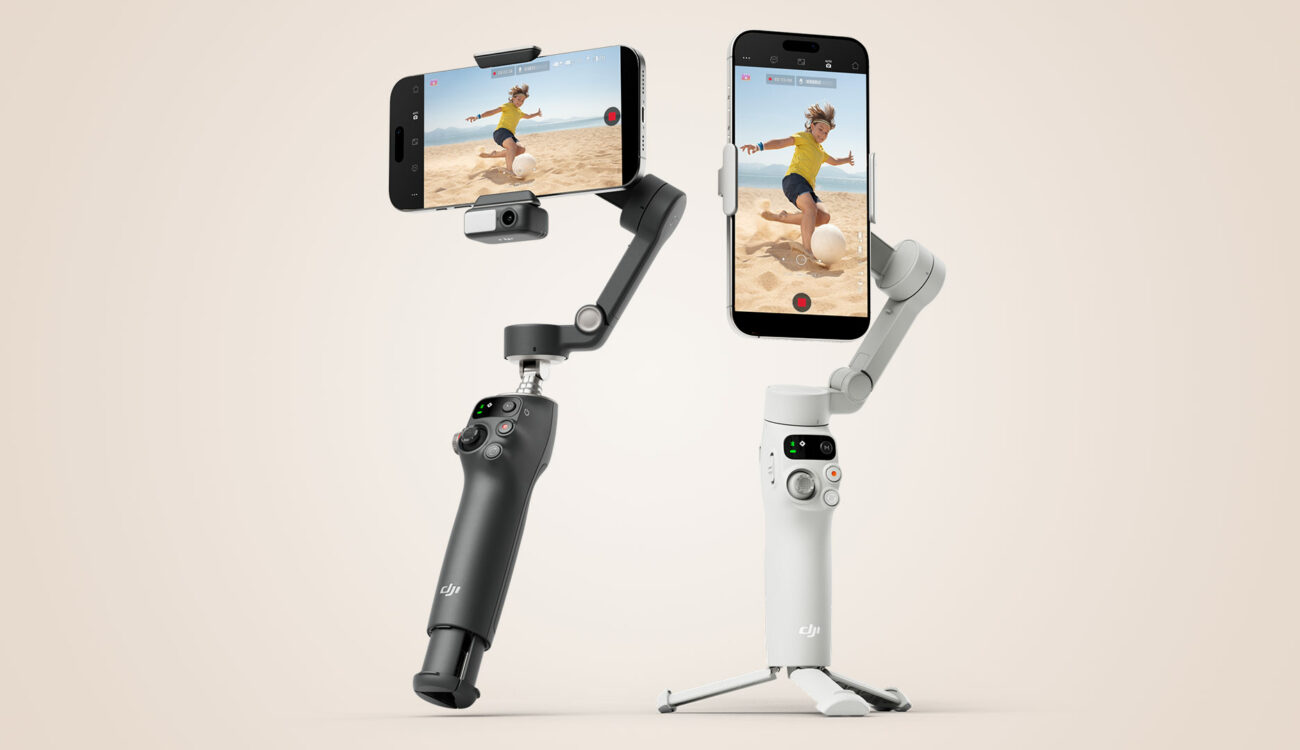
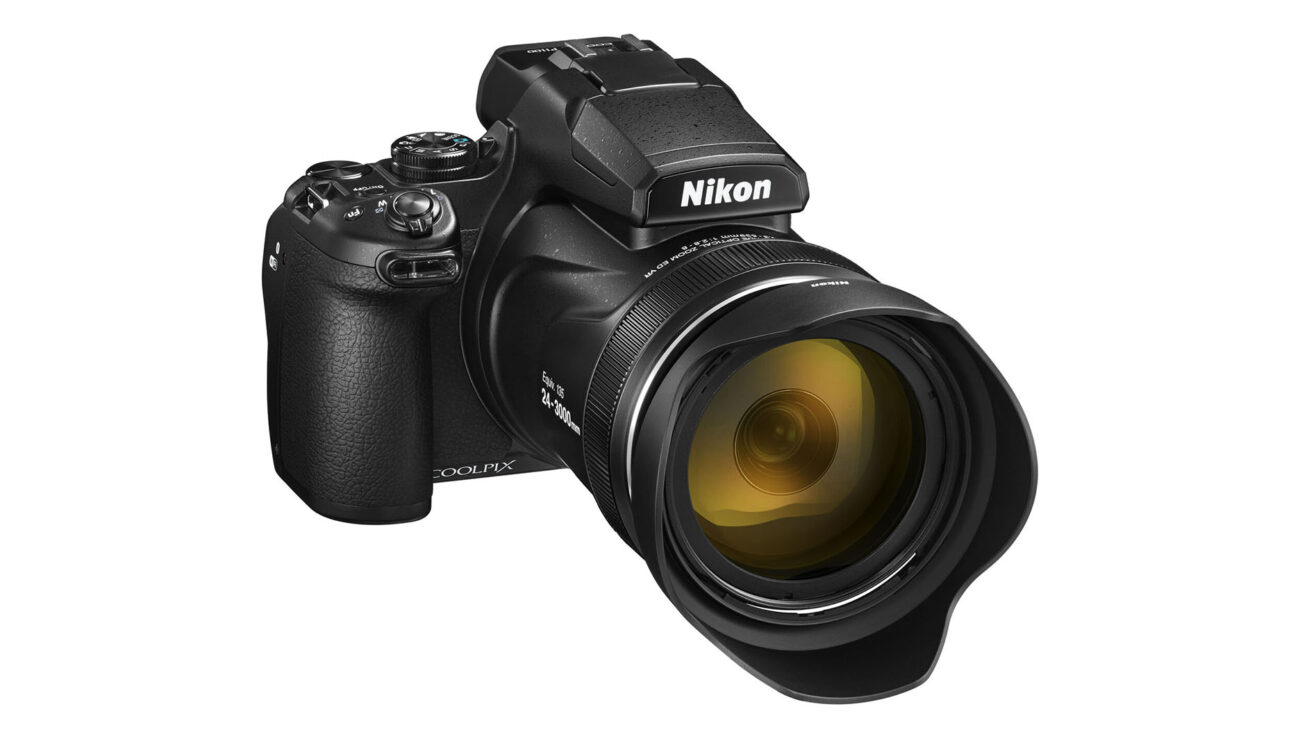

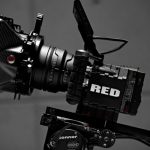 Cinema Cameras
Cinema Cameras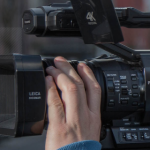 Pro Camcorders
Pro Camcorders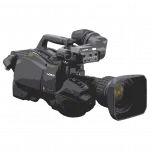 System Cameras
System Cameras Drones
Drones